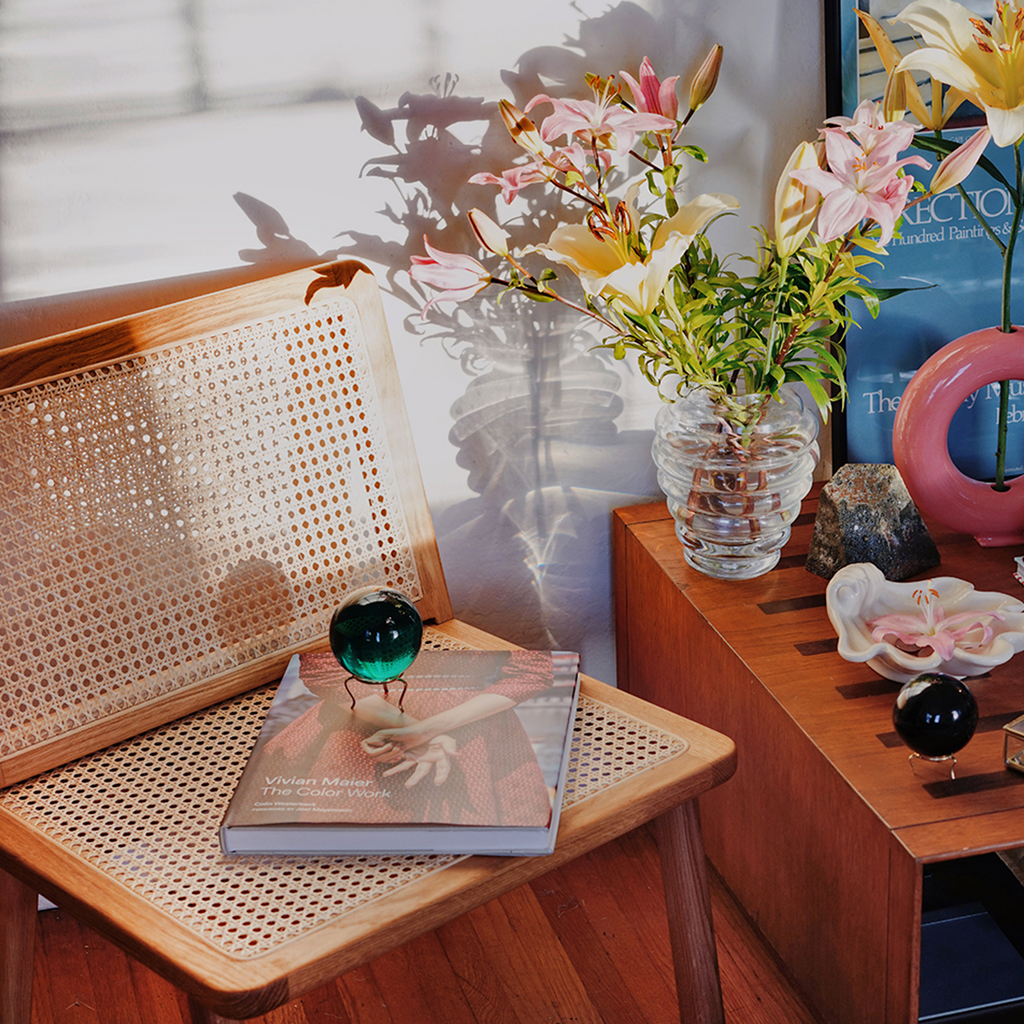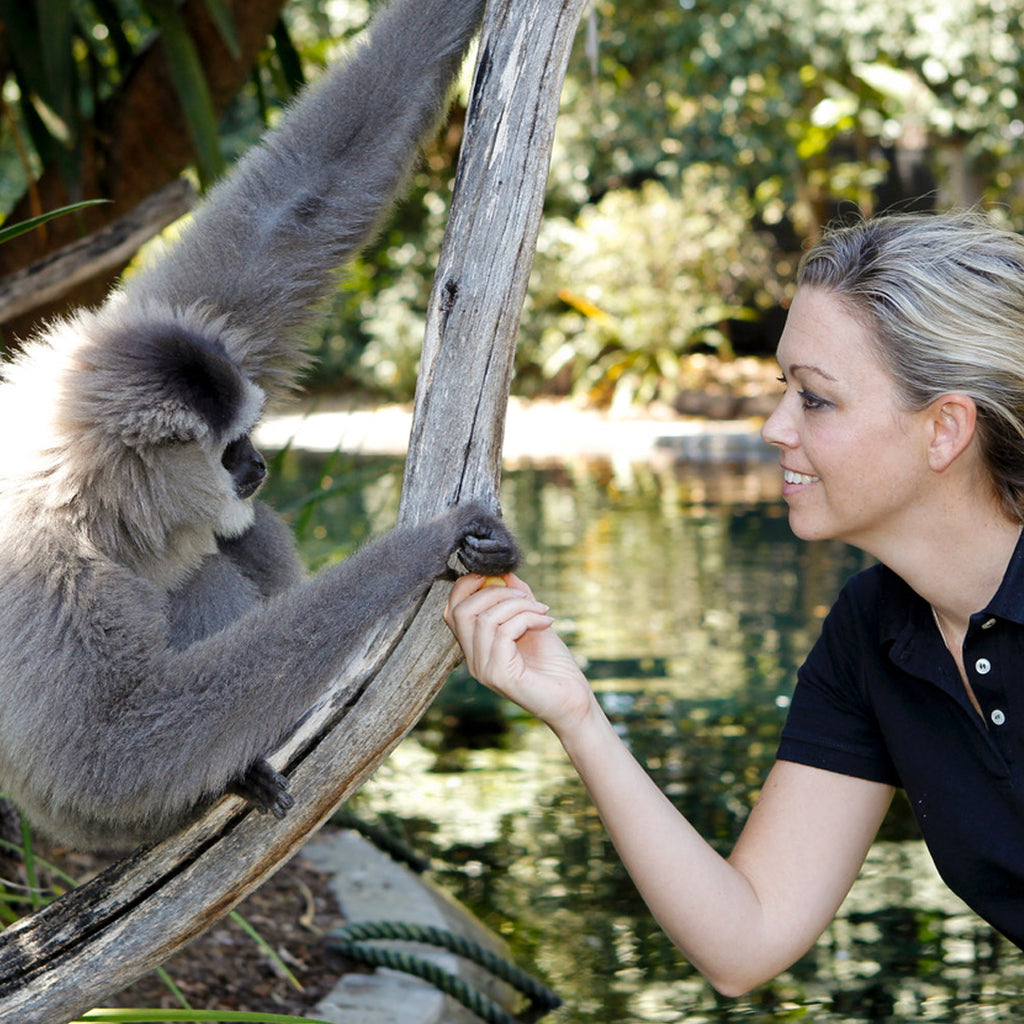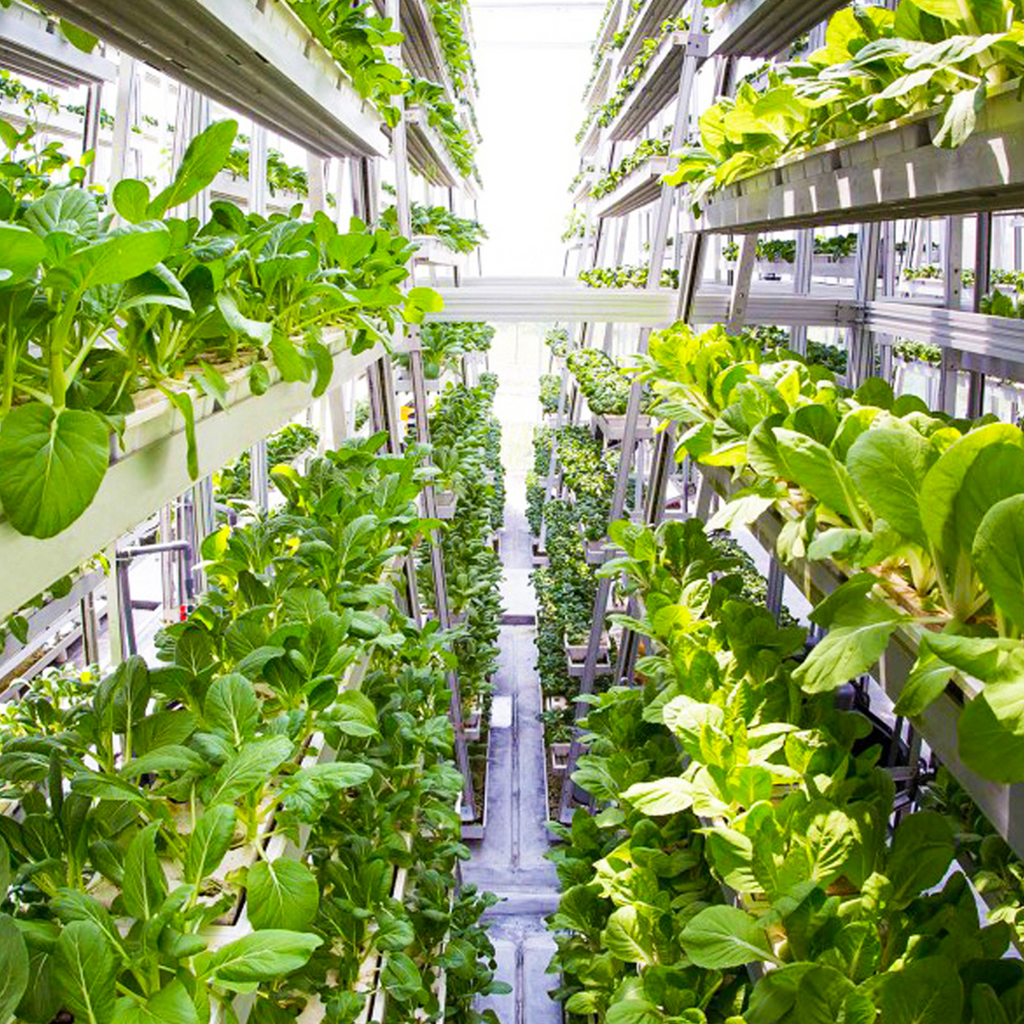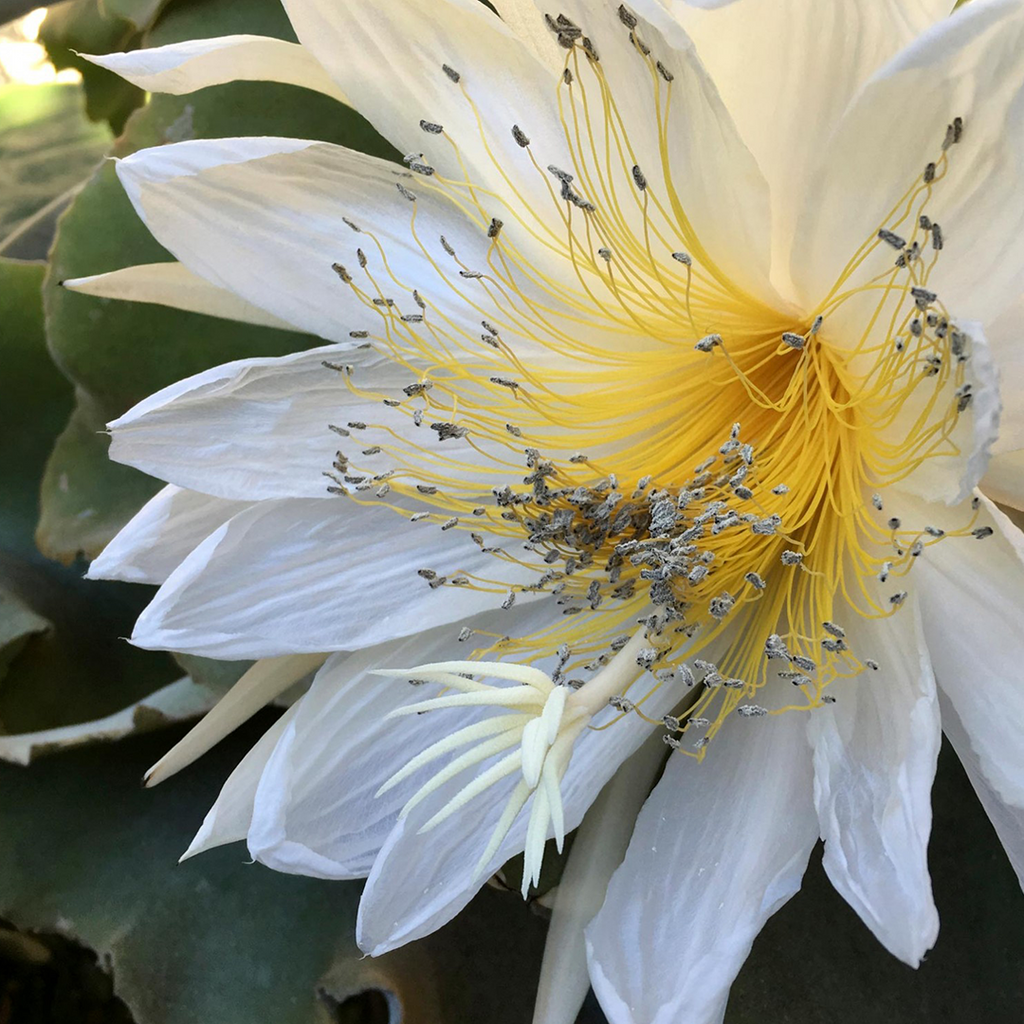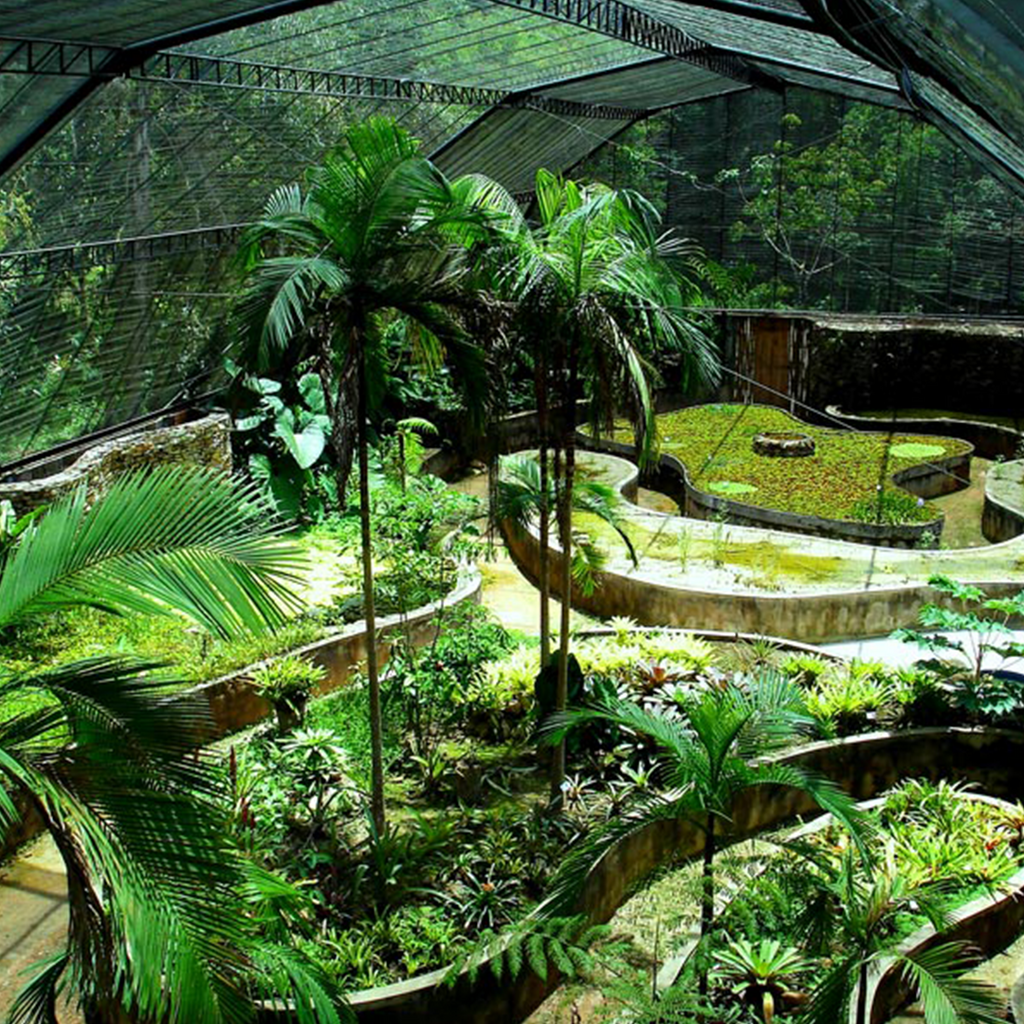Sasha Duerr - Artist, Author, Alchemist
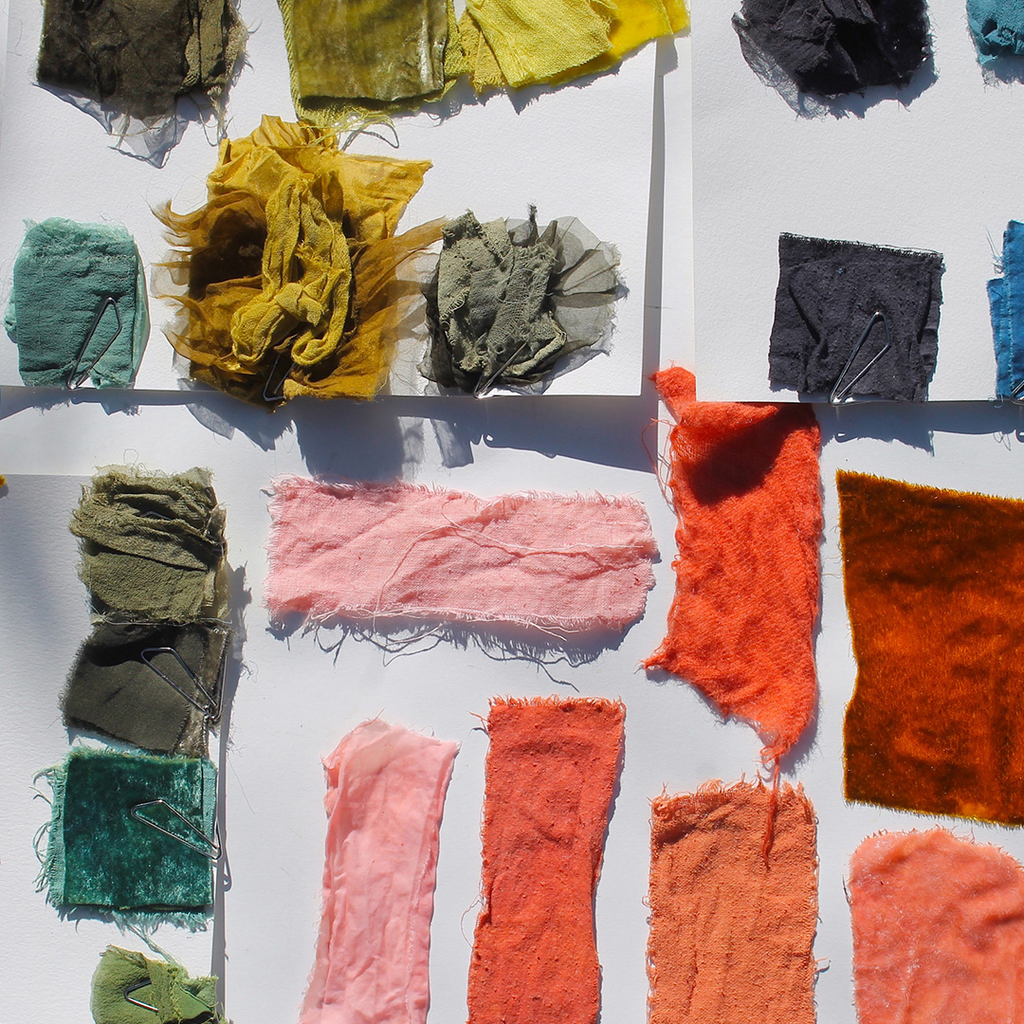
Sasha Duerr, former Adjunct Professor at the California College of the Arts with a joint appointment in textiles and fine arts where she taught courses in the intersection of natural color, slow food, slow fashion and social practice. Today she lives in Hawaii and just published her book Natural Palettes - Inspiration from Plant - Based Color.
"What most don’t connect - is that although we think we do not literally eat our clothing, we actually do literally eat our clothing. We need to care about design processes of how are clothes are made, consumed, and disposed of in just the same way as we would care about our food.
This is because how our clothes are made or grown, dyed, or disposed can occupy the same environmental resources as our food systems, utilizing the same air, water and soil that then becomes our food base and thus ourselves. So yes, we are what we wear."

Tell us a little about yourself, where did you grow up and was the environment something you often discussed in your family?
"I grew-up spending most of my time outside, and very fortunate to split every six months for a few years as a child between the northern woods of coastal Maine and the volcanic rainforests of the Big Island of Hawai’i. Connecting with these very different ecosystems at a very early age deepened my love, respect and relationship with plants, as well as understanding, awareness, and dedication to the people, cultures, and communities who care-for and depend upon plants and ecologies integrally."
How did you become interested in plant-based colors, was there a moment in your life that you would consider a turning point that made you choose that direction?
"As a very young child, I would spend hours in the woods and especially loved experimenting in puddles, working with plants, and their many sensory aspects of smell, taste and ESPECIALLY color…

Studying painting in college, my work focused on transformations found in nature, but I was using primarily oil paints and acrylics. Ironically, I started to get sick from working with my materials, and as I researched ways of making my own lesser and non-toxic colors realized that much of the information was outdated, difficult to understand, or with recipes that used toxic sources. This led me to travel (towards Indonesia and India) and to seek out teachers and lineages of this knowledge. Upon arriving back in the US, it also brought me to women in agriculture — on farms and deeper research and knowledge in the indigenous communities that I had grown-up within.
Early after college, I also became active in urban gardening and working with the slow food movement in the Bay Area, recognizing obvious and striking parallels between not knowing where most of our store-bought fashion and textiles came from and how disconnected most were from the process of production—as well as the exploitation and environmental degradation that lies below the surface of the sale bin.
While working on my MFA in Textiles at California College of the Arts in 2001-2003, I received a two-year grant to develop natural dye curriculum at the Edible Schoolyard in Berkeley, California. Through my work there, I started focusing my thesis on the direct connections between slow food and slow fashion — how sensory experiences were key to change.
After graduate school I explored natural dyes in my studio, through research, teaching workshops, hosting conceptual natural color related events and sought out further studies… eventually creating ecologically and social practice based- curriculum for college and graduate students in natural dyes. This work also led me to write and publish on this topic, recipes, and ideas surrounding. NATURAL COLOR was published in 2016 with Ten Speed Press and NATURAL PALETTES in 2020 with Princeton Architectural Press.
Cultivating the connection of creating natural colors from by-products of food, flora, medicinals, and plants beneficial to our ecologies has become my life’s work — and for me there is no comparison to the beauty of the true hues that have emerged in the process."

What is the biggest difference between plant-based and (synthetic) colors? Is there a big visual difference?
"For those who love unique hues natural color palettes automatically connect you to “colorstories” that are truly vital, vibrant and authentic. The hues are not only “alive” through the ingredients themselves -these are not “flat” colors but hues that are uniquely their own, vital, and offer spectrums often entirely difficult to replicate synthetically due to the complex living color molecules that are created straight from the natural world.
As well in my own practice of working with plant-based color, I often use whole plants rather than extracts, needing to be aware of their seasonal availability, growth cycles, and color potential. With this knowledge I can develop a color palette specific to a time of year; much like planning a seasonal menu. The hues can shift and change depending on the time of year, alchemy of water, the soil in which the plants grow, and the recipe and timing applied.
Working with plant-based color palettes is also one of the easiest and most accessible ways of connecting with the cycle of our ecologies and applying that knowledge directly to my design practice. There is a creative freedom in that it’s as easy as using that wayward white sweater in the back of your closet and refreshing it with the color from leftover by-products of your favorite meal before it hits my compost pile. Everyday waste products from our urban, suburban, and rural, restaurants, and grocery stores—such as onion skins, carrot tops, and pomegranate rinds—can also be upcycled from waste bins to make beautiful “living” hues.
Natural dyes and fibers can also be sourced from renewable resources—like waste and weeds found in byproducts of agriculture and even in urban centers. Many plants discarded from agricultural crops are also dye sources; these include cover crops, like sunflower stalks, lava beans and even gleaned by products, like artichoke leaves and avocado pits that make rich natural colors."

In your new book Natural Palettes, you mention colors as fashion trends. Do you believe that trends have a negative affect when it comes to colors? What would need to change in the fashion industry when it comes to colors?
"Synthetic color application without whole systems thinking can be detrimental.
Manufactured fashion “seasons” move quickly and relentlessly. The term “fast fashion” suggests that an article of clothing may continue to be functional but is no longer perceived to be stylish or appropriate. Unfortunately, everyone, as well as the environment and the people who expend labor, pay for the bargain bin. As with fast food, there’s little emphasis on the fallout of production or the negative social and environmental effects of rapid production and consumption.
Yes, I always say this to my students as they are at a point of starting small and being able to grow intentionally and with new creative initiative. Although there can be big changes and ripple effects that happen when large companies re-approach their methods toward more ethical practices (both environmentally and socially) independent artists and designers play a particularly important role as starting small and showcasing how things can be done differently, with more intention, care, collaboration or innovation can be extremely powerful. Starting small often allows you to see what works and to build in ways that can be most effective - and then as it works scale smartly. Flexibility is also key to design for what an individual or community may actually need and what can best support their needs in changing or growing in the process. This is directly applicable to success with plant-based hues in the fashion industry."
When we buy clothes, do you think it is important to know where and how they were made? Including where the color comes from?
"Slow food has also taught us that sustainability is as equally rooted in social connection and care as it is in environmental stewardship – this is also fundamentally true for slow fashion and textiles.
When you are working with natural fibers and color as well as with fair and just labor, in contrast, you’re constantly aware that you are working on nature’s schedule, not just your own. This allows you to be directly involved with the natural world, communities and individuals, as well as with a plant or animal’s life cycle in relationship to your own.
Working with plant-based hues provides natural limitations as you are working with nature itself. As well, as provides endless opportunity for unique hues, medicinal color, and even palettes that can be completely made from weeds, or food and floral waste - providing a healthy and direct alternative to landfill. Plant-based color can also easily compost and decompose, add nutrients to your garden, and even be refreshed and reapplied in your own home - giving tired material goods new life and connection - and therefore keeping them out of landfill as well!
Paying attention to and knowing the plants in our immediate surroundings connects us wherever we are. Plants can often become invisible to us in our everyday landscapes. It’s surprising how few most of us know by name — even the plants in our own backyards.
As an artist, I am also fascinated by how natural color can become a vital tool to help us become more aware — to realize that what we know about our everyday surroundings can constantly surprise us, and that a brilliant spectrum of hues can be found in places that you may never expect, beautiful colors made from compost from a dinner with friends, or a rainbow from the weeds you pass by every day without a second thought. What we consider “valuable” is always an interesting question as well."

As a professor in textiles and fine arts, do you believe that some people view colors in a way that has a negative effect on the environment? If so, how could that be changed?
"For those who love color AND plants, natural palettes can connect you instantly to a vast range of artisanal hues that are truly vital, vibrant and most importantly authentic to an agricultural or ecological lifestyle experience. Plant based palettes tell stories- inherent to places, people and the plants themselves- plant based colors can be conjured seasonally, from weeds, yard waste, florals, and food. There is an intertwined overlap with natural color that focuses on hues that are awe inspiring and a color story that can directly color map an experience, like a walk in the snowy woods, a seasonal produce palette, hues from seaweeds and saltwater, or a palette made from desert plants, a June bouquet. Even more so natural color palettes can authentically create wonder in the form of an inspirational curated experience on a whole other level - as the colors come from a living source creating an experience that then makes the color palettes as compared to Pantone and many other color companies aim to do with matching colors from chemical dyes and paints and then trying to match them to experiences.
Natural color palettes points toward the uniqueness of time and place and that is what makes the natural color even more awe-inspiring than a synthetic one . The beauty and depth of working with plant based palettes - is also compared to slow food versus fast food (and slow color versus fast color), you have authenticity and immediate connection and story building built in with your color palettes because they come from slow and steady living sources and experiences and speak of thousands of years of ethnobotany - a true and undeniable color coordination of nature and culture - which has - since the industrial revolution for the most part has remained dormant in modern times - besides those dedicated cultures, communities, and individuals who have kept the natural color spectrum brilliantly alive."
You mention the connection between making plant based colors and cooking in your book Natural Palettes. Do you think that if we learn more about plant-based colors, this would lead to a change in the way we eat too?
"Connecting to the experience of knowing the value of wardrobe and your waste and weeds – and how to transform what you already to have to create something beautiful, stylish and meaningful – can be a moving, sensory and very powerful environmental and creative act. This is much like knowing where your food has come from, or learning to grow food or cook for yourself. Re-imagining how we connect and care for color in our lives – also inspired me to create the Seasonal Color Wheels – based upon local and seasonal byproducts of plants that grow commonly in urban areas or different bio regions. Meanwhile, if you don’t naturally dye yourself – supporting local dye artisans, working with color from a natural and medicinal standpoint is also an act of creating connection, supporting non-toxic color and community-based economies.
Just like with food, plant based color palettes that follow the seasons are also a celebration of the time of year and their locality. Our Dinner to Dye For workshops with Permacouture allowed textile designers to collaborate with slow food chefs, and guests to experience pomegranates at their peak in season and then to use the rinds to dye beautiful textiles. These collaborations built solidarity and instilled in the participants a deeper connection and sensory experience. This is also the role of artists, whether they are working with food or fiber – is to instill a deeper appreciation and a moving experience. It’s difficult, and rarely successful to change people with scientific facts alone, it often takes a deeper route.
What most don’t connect - is that although we think we do not literally eat our clothing, we actually do literally eat our clothing. We need to care about design processes of how are clothes are made, consumed, and disposed of in just the same way as we would care about our food.
This is because how our clothes are made or grown, dyed, or disposed can occupy the same environmental resources as our food systems, utilizing the same air, water and soil that then becomes our food base and thus ourselves. So yes, we are what we wear."

What would you say are a few easy things most people can do for the environment?
"I am huge advocate of the endless benefits of gardening- whether planting and starting seeds, tending, pruning, harvesting or composting. Becoming part of the process is essential to caring for and connecting with the alchemy of what it means to be in sync with our environments. Another way is simply to work on “eco-literacy” get to know and learn about the weeds that show-up in your backyard, the cracks in your urban sidewalk, as well as to build awareness of the medicinal or ethnobotanical uses of working with the whole plant, or even just getting to know the lifecycle of the trees in your neighborhood. It is through awareness, understanding, education, and empathy that we can do more for the environment and our intrinsic place as part of it."
In 2007 you founded Permacouture, with a mission to encourage sustainability and creativity in the materials we use for clothes etc. Would you tell us a little bit about the work you do there?
"I started Permacouture Institute as a way of exploring regenerative design and environmental education for slow fashion and textiles. Nature color coordinates through palettes that connect us directly to place, people, plants and ecologies. Working with plant-based colors encourages an inquiry of more below the surface, with a reward that unassuming depth and beauty can lay even in the leftovers of a discarded peel, a wilted flower, or a wayside weed. Plant-based palettes can naturally inspire us to see the awe in the everyday. Some of our projects throughout the years have been to organise events- including:
Dinners to dye for
“Dinners to Dye For” and “Seasonal Color + Taste Palettes” Workshops- where slow food + slow fashion meet. Through biodiverse and seasonally based “compost” color palettes, these events bring communities together through delicious seasonal meals and natural dye experimentation- using by-products of the very same meal.
Seeds to sew
Saving and tagging dye and fiber seeds in public seed lending libraries, as well as mapping and preserving dye and fiber ecologies and biodiversity for next generations.
Weed your wardrobe
Social and environmental events that on “Weeding Your Wardrobe,” where garden work parties and clothing swaps meet- and help unwanted textiles and garments renew and refresh with natural dyes made from school and community gardens."

What makes you happy?
"Making art with my kids, citrus blossoms, clear starry night skies, harvesting and cooking dinner with loved ones, swimming in the ocean, the first smell of rain as it hits the earth- and -of course- befriending a new plant and all the potential color we may be able to create…"
All images copyright Sasha Duerr. Follow Sasha Duerr on Instagram.

